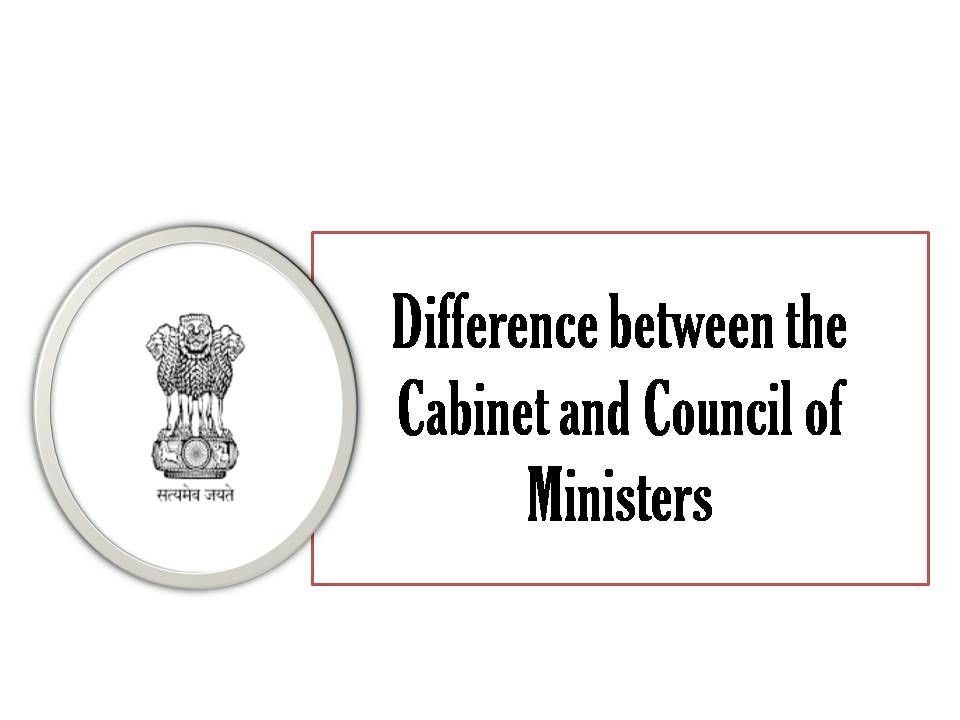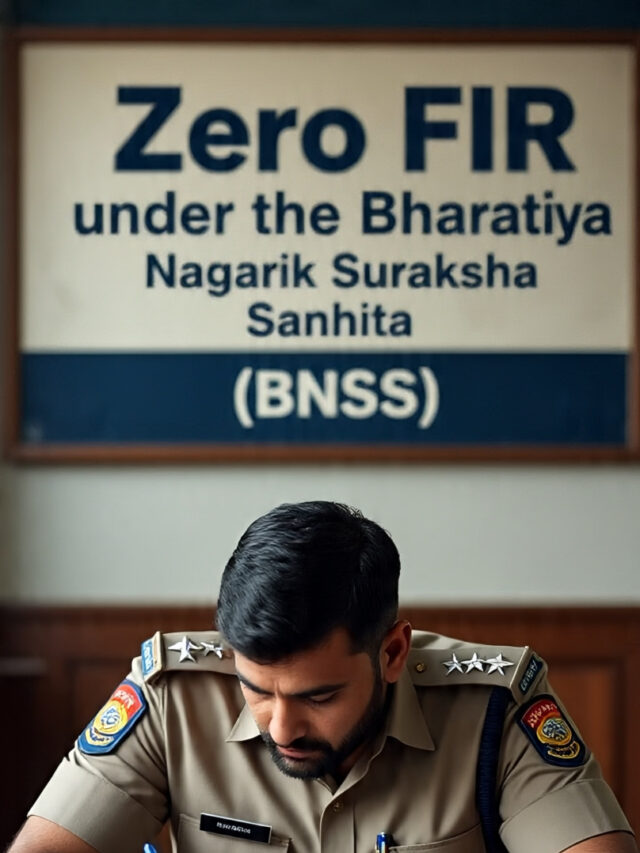difference between the Cabinet and Council of Ministers
In India, the Prime Minister is pivotal in determining the composition of the Council of Ministers. This structure is based on several criteria such as experience and seniority, resulting in the formation of distinct categories within the Council:
The Cabinet
The Cabinet represents the core decision-making body within the Council of Ministers. It consists of senior ministers appointed by the Prime Minister, typically overseeing major government departments and key policy areas.
Ministers of State
Ministers of State (MoS) are appointed to assist Cabinet ministers. They may have independent charge of specific departments or assist senior ministers in their portfolios.
Deputy Ministers
Deputy Ministers support the MoS and Cabinet ministers, often handling specific responsibilities within government departments.
Parliamentary Secretaries
Parliamentary Secretaries are appointed to assist ministers in managing parliamentary affairs and may not hold independent ministerial responsibilities.
Distinguishing Between the Cabinet and Council of Ministers
While both the Cabinet and the broader Council of Ministers report to the Prime Minister, they serve distinct functions and roles within the government:
Decision-Making Authority: The Cabinet holds the primary responsibility for making significant policy decisions and shaping government priorities.
Scope of Responsibilities: Cabinet ministers typically oversee major departments and formulate key policies, whereas other members of the Council of Ministers have varying degrees of responsibility and authority.
Hierarchical Structure: The Cabinet is hierarchically superior within the Council of Ministers, reflecting a tiered approach to governance and administration.
Understanding these key differences is crucial for candidates preparing for judicial examinations, as it ensures clarity on the organizational structure and functioning of the executive branch in India.
comparison between the Cabinet and the Council of Ministers
Cabinet vs. Council of Ministers
Composition
Cabinet: Comprises senior ministers holding crucial portfolios like defense, home affairs, and education.
Council of Ministers: Includes Cabinet Ministers, Deputy Ministers, and Ministers of State.
Constitutional Status
Cabinet: Established as a constitutional body following the Constitutional Amendment Act of 1978 (44th Amendment).
Council of Ministers: Functions constitutionally.
Role and Decision-Making
Cabinet: Comprises experienced ministers whose advice the Prime Minister seeks for important decisions; decisions are binding on all ministers.
Council of Ministers: The Prime Minister may or may not consult with the council for significant decisions.
Collective Responsibility
Cabinet: Enforces collective responsibility among its members.
Council of Ministers: Enforces collective responsibility towards the lower houses of parliament.
Meetings
Cabinet: Meets frequently to formulate policies and decide on national matters.
Council of Ministers: Meetings are less frequent.
Size & Composition
Cabinet: Typically consists of 15-20 ministers.
Council of Ministers: Usually comprises 60-70 ministers.
These distinctions outline how the Cabinet and Council of Ministers differ in terms of composition, authority, decision-making processes, and collective responsibilities within the government structure.
Conclusion
Understanding the distinctions between the Cabinet and Council of Ministers in India is essential for comprehending the hierarchical structure and decision-making processes within the executive branch. While the Cabinet holds a central role in policy formulation and decision-making, the broader Council of Ministers encompasses a diverse range of ministerial roles that contribute to governance and administration.
Frequently asked questions:-
What is the role of the Cabinet in India’s government structure?
The Cabinet in India serves as the core decision-making body within the Council of Ministers. It comprises senior ministers appointed by the Prime Minister who oversee major government departments and formulate key policies. The Cabinet holds significant authority in shaping government priorities and decisions.
How does the Council of Ministers differ from the Cabinet?
While the Cabinet is a subset of the Council of Ministers, it holds a more pivotal role. The Council of Ministers includes not only the Cabinet ministers but also Ministers of State, Deputy Ministers, and Parliamentary Secretaries. The Cabinet ministers typically have more extensive portfolios and greater decision-making authority compared to other members of the Council.
What is the constitutional status of the Cabinet and Council of Ministers?
Both the Cabinet and Council of Ministers function constitutionally in India. The Cabinet, however, was established as a distinct entity following the Constitutional Amendment Act of 1978 (44th Amendment), solidifying its role as a key decision-making body within the government.

























